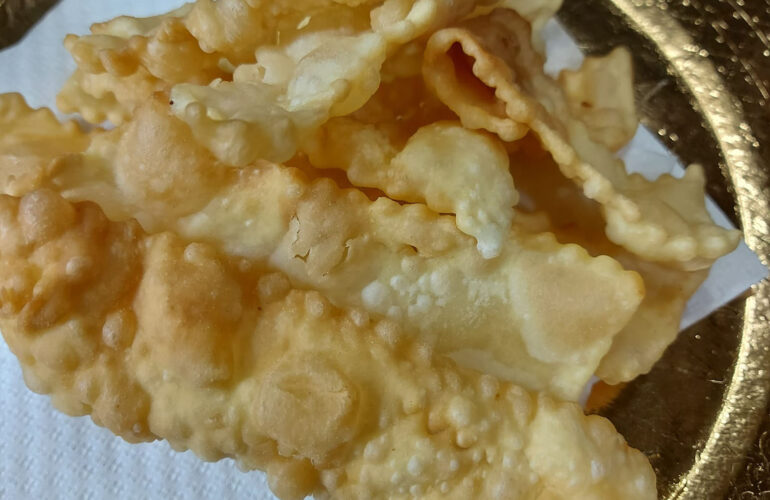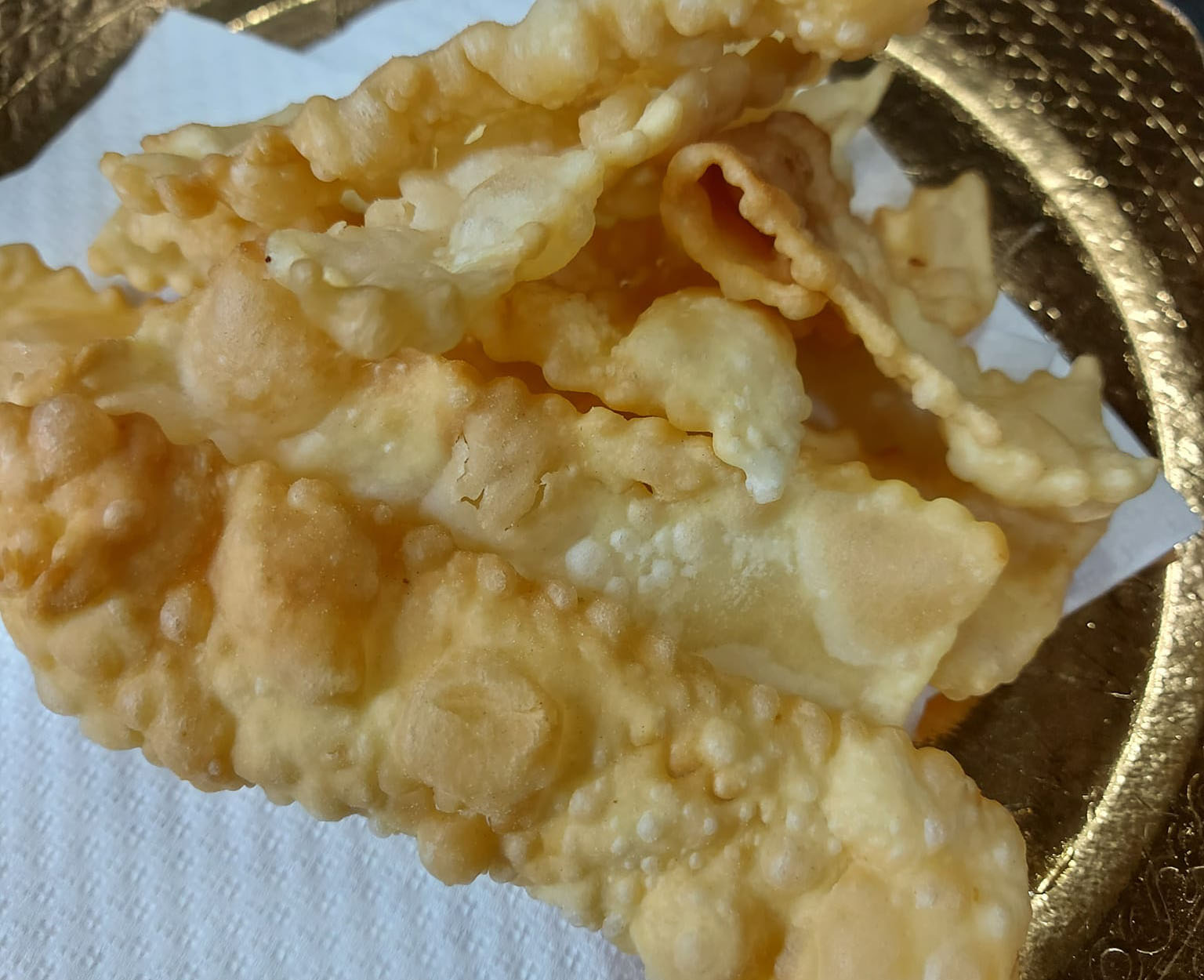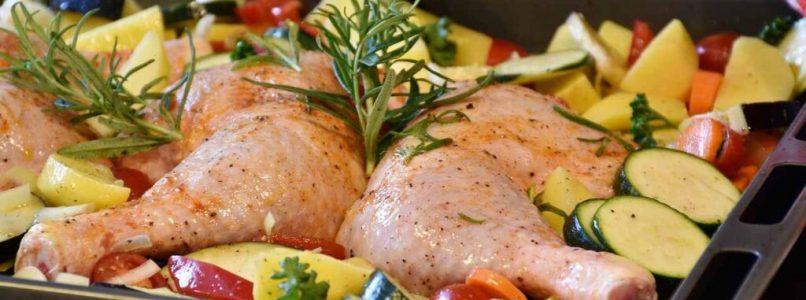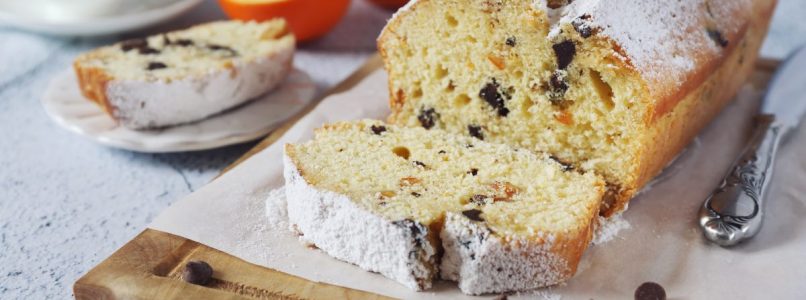Boiled or roasted, fried or braised, whole or in pieces, hot or cold, boned, stuffed, jellied… poultry (this is how it’s called chicken meat) allows you to always obtain a good result, however you prepare it.
Chicken curry, chicken Cacciatore, chicken with lemon, pan-fried chicken strips, chicken salad: the important thing is to know the animal you are cooking well, especially its age, to avoid roasting an old rooster or boil a chicken.
What kind of animal is chicken?
Chicken is the most common name of the Phasianid Galliform Birds, animals belonging to the species Gallus gallus domesticus. Historically, the chicken was raised for food purposes and today it is one of the most common farm animals in the world. Therefore it is mainly used for the production of meat and eggs.
What is chicken good for?
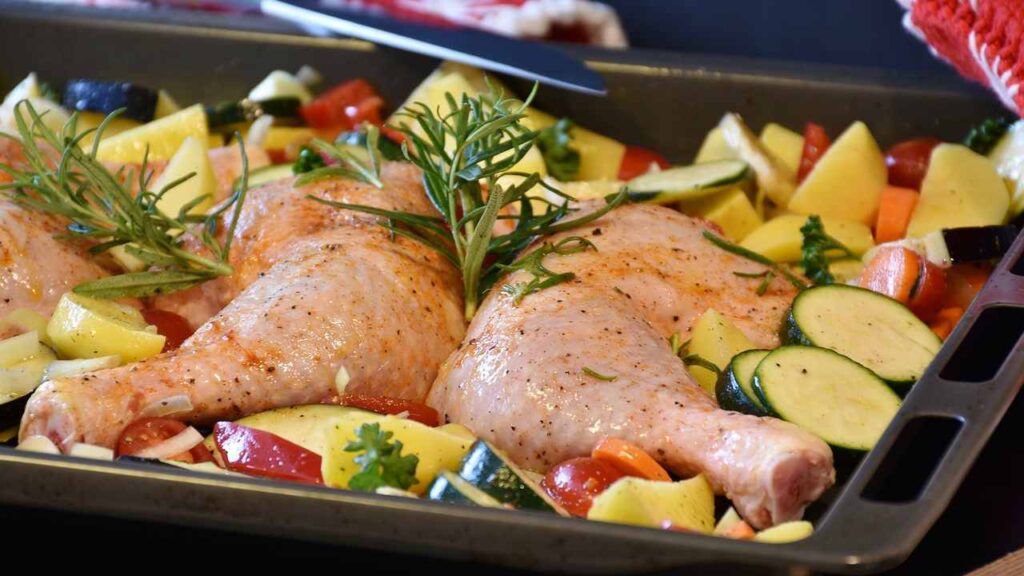
Chicken is an excellent source of lean protein, which is essential for building and maintaining muscle tissue. How much protein in 100g of chicken breast? Breast is the highest protein cut of chicken and on average contains 20 g of protein.
It also contains B vitamins, such as niacin and vitamin B6, which are essential for energy metabolism and neurological well-being.
Furthermore, chicken is rich in minerals such as iron, zinc and phosphorus, which contribute to bone health, blood formation and the proper functioning of the immune system.
How to choose chicken
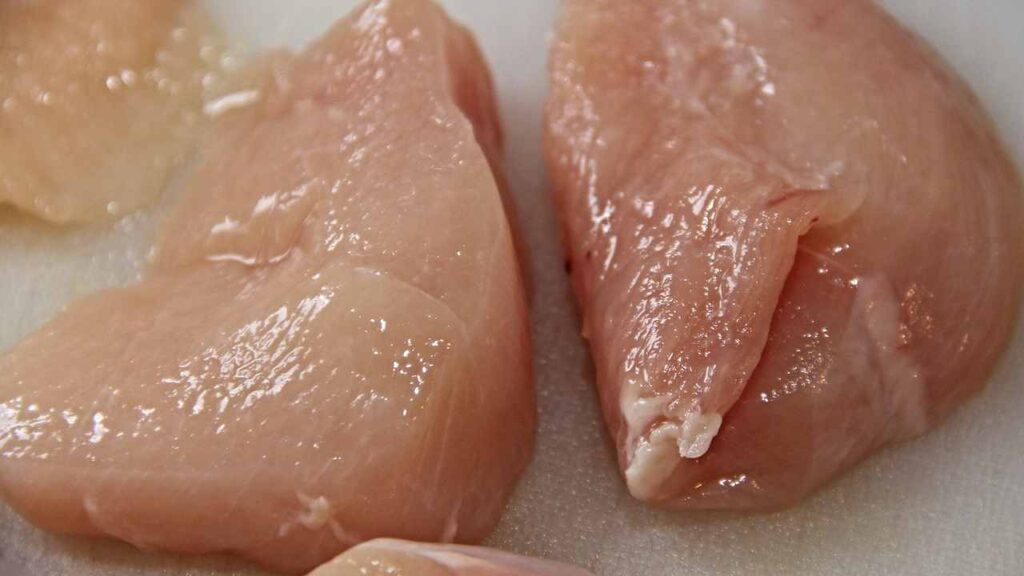
Choosing the right chicken is not easy. Indeed, given that it is bred intensively, it is almost impossible. However, if you like a fuller flavor then you can purchase a free-range specimen.
Choosing high-quality chicken meat is essential to ensure food safety and obtain the best nutritional benefits. Here are some tips on how to select chicken at the time of purchase:
- General appearance: The chicken should have a uniform color, without dark spots or green shades. The skin should be smooth and free of cuts, scrapes or bruises.
- Expiry date and freshness: Check the expiration date on the label carefully to make sure the chicken is fresh.
- Odor: Fresh chicken should have a neutral odor. Avoid chicken that has an unpleasant or ammonia-like odor, which could indicate the presence of bacteria or spoilage.
- Consistency: The chicken meat should be springy to the touch. Avoid chicken that feels mushy or sticky to the touch.
- Flesh color: The chicken meat should be a pale pink color. Avoid chicken with parts of the meat that are gray or worse, dull.
- Without bones and without skin: If you are purchasing boneless, skinless chicken pieces, make sure they are free of bone debris and that the skin is cleanly removed.
- Labeling: If possible, opt for chicken labeled as raised without the use of antibiotics or added hormones.
- Packaging: Check the packaging to make sure it is intact and free of leaks. Avoid packages that show signs of swelling, which could indicate the presence of decomposition gases.
- Origin: If available, check the origin of the chicken and prefer products that are local or follow safe food production standards.
In general, the meat from free-range chickens is more expensive, but it is worth it because it is firmer and tastier given that the animals are fed with grains and not with the usual feed. These chickens can be recognized by their legs, which are darker and have more leathery skin.
As you may have guessed, it is more difficult to choose the right meat if you buy it in pieces. The chicken breast should have a pink color, with a few streaks of light yellow fat. It should have almost no odor and the meat should be firm.
Cooking poultry: the secret is in the choice
When purchasing it would be better to know how you want to cook the meat because this allows you to choose the most suitable meat.
For example, chicken is good for boiling; adult chicken is ideal for stewed cooking; the cockerels are suitable for roasting, grilling or frying.
The right cooking for every age. There is a reference table for identifying the right chickens depending on the type of cooking you want to use them for:
- for roast, baked or spit-roastedChickens between four and six months of age and hens of the same age are suitable.
- for cooking grilled on wood embers an even younger specimen is betterwhich must be left, before cooking, in a marinade scented with aromas.
- for stewing, braising or stewing chickens older than six months are suitable, while the old hen, as is known, is suitable for chicken broth.
What are the cooking times for chicken?
The times of cooking chicken meat depend on weight. It takes an hour to roast a 1- or 2-pound chicken; 2 hours and 20 minutes if the chicken weighs 2 kilos. The times are shortened by about ten minutes if you boil it.
If you are lucky enough to cook a free-range chicken, the cooking time is extended by 20 minutes while if you cook a chicken in pieces, put the legs in the pan first and only a few minutes later the wings and breast.
City chicken and country chicken
Compared to its city “cousins”, the free-range country chicken requires more prolonged cooking, possibly stewed, which softens the strong muscles; to recognize the age of the chicken, you have to look at the beak: if it is flexible, it is a young specimen.
As for plucked or packaged chickens found in supermarkets, you have to rely on the size and, above all, the label.
Chicken cuts: list and characteristics
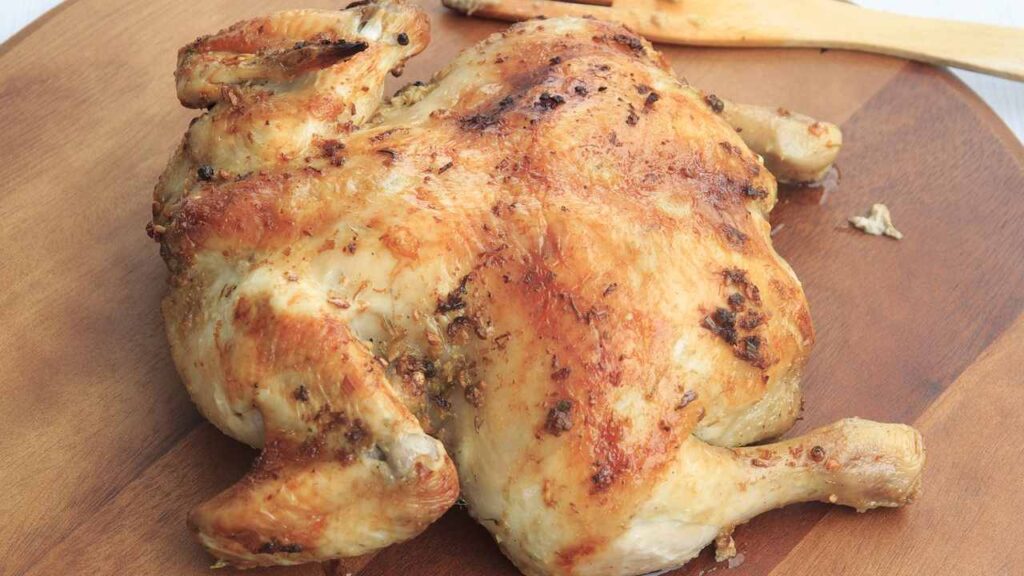
Virtually all of the chicken is eaten; some pieces can also be purchased separately, depending on the dishes to be prepared:
- Legs: normally intended for the production of flours for zootechnical use, they can be used in the preparation of a rather gelatinous broth; the little pulp contained can be used for chicken salad.
- Fins: le fins they are the wings deprived of the back, but with the skin.
- Wings: they are the wings attached to the adjacent part of the back, with the skin.
- Chest: The chest, includes the chest muscles, with their bones and without the skin; it is considered the most valuable part of the animal.
- Offal: also called giblets, include liver, heart, muscular stomach.
- Fusi: the spindles, parts of the hind limbs which have the tibia as their bony base (from the knee down).
- Overthighs: le upper thighsare the terminal parts of the back, which are based on the hips.
How to cook chicken
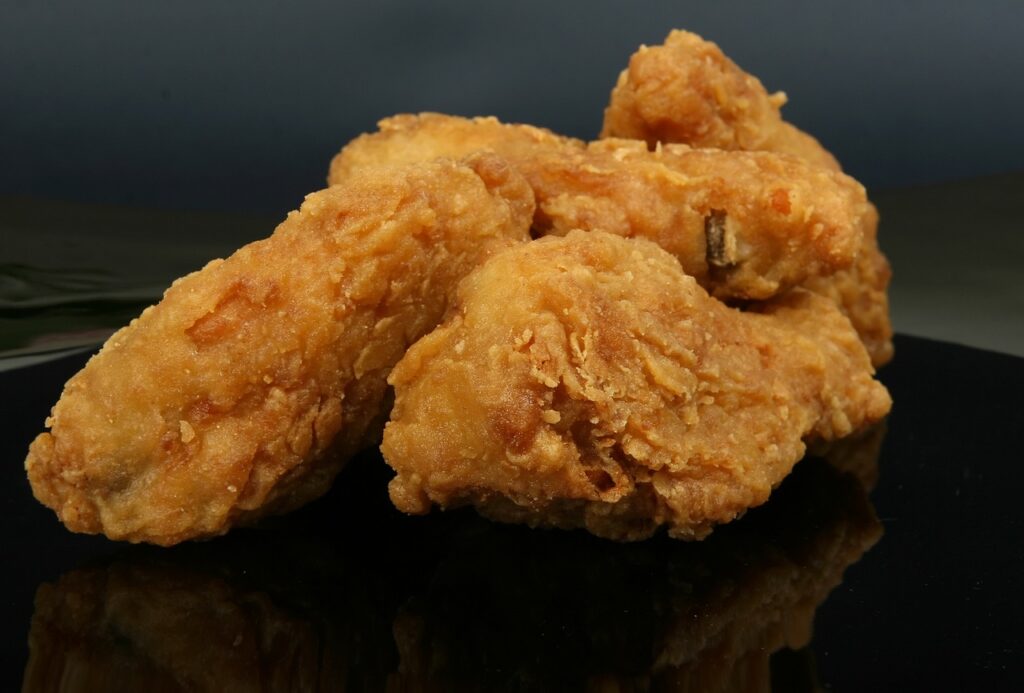
Chicken, with its culinary versatility, offers endless possibilities in the kitchen. From the pan to the oven, from the grill to the roast, here’s how to make the most of the different cooking methods to create delicious and satisfying dishes.
1. Roast: L’roast chicken it is a timeless classic. Prepare the chicken with a marinade of fresh herbs, garlic and olive oil. Cook it slowly in the oven until you get a golden and crispy skin, accompanied by juicy meat rich in flavours.
2. In the pan: The cooking of pan-fried chicken it’s quick and versatile and is perfect for chicken breast, both in slices and in the form of chicken rolls. Brown the chicken in a pan with olive oil or butter, adding spices and herbs to taste. This method is perfect for creating tasty, colorful dishes in a short time.
3. Grilled: Grilling gives chicken a smoky, irresistible flavor. Marinate it with a mixture of oil, herbs and spices before placing it on the grill. The direct heat of the embers creates crispy skin and juicy meat, perfect for summer barbecues.
4. Baked: Baking is a versatile and virtually effortless option. Choose a marinade or spice rub to give the chicken a unique twist. Cook it slowly in the oven to obtain a soft and tasty texture.
5. Fried: The Fried chicken is an explosion of crunchiness and flavor. After breading the chicken with flour, eggs, breadcrumbs and spices, dip it in the hot oil. Cook until perfectly browned and crispy on the outside, while keeping the meat juicy on the inside.
6. Boiled: It must be immersed in plenty of cold or warm water with salt, then brought to the boil slowly. After the first boil, the liquid must be skimmed and, at this point, the vegetables and herbs are added. Cooking must continue for about an hour (if the animal is young, otherwise it will continue) and the broth must only quiver, never boil, otherwise the meat will harden.
Chicken, spices and herbs
The neutral flavor of chicken meat it lends itself to a marriage with a variety of spices and herbs, transforming even the simplest dish into a delight.
A scented sprig, a mixed mixture of herbs (parsley, chives, tarragon and chervil) or an aromatic bunch (parsley stems and leaves with fresh bay leaves and thyme, celery stalk and leek greens) are ideal for cooking with a chicken happened.
Be careful, however: herbs should be used sparingly, to prevent their aroma from prevailing over the delicate flavor of chicken meat.
